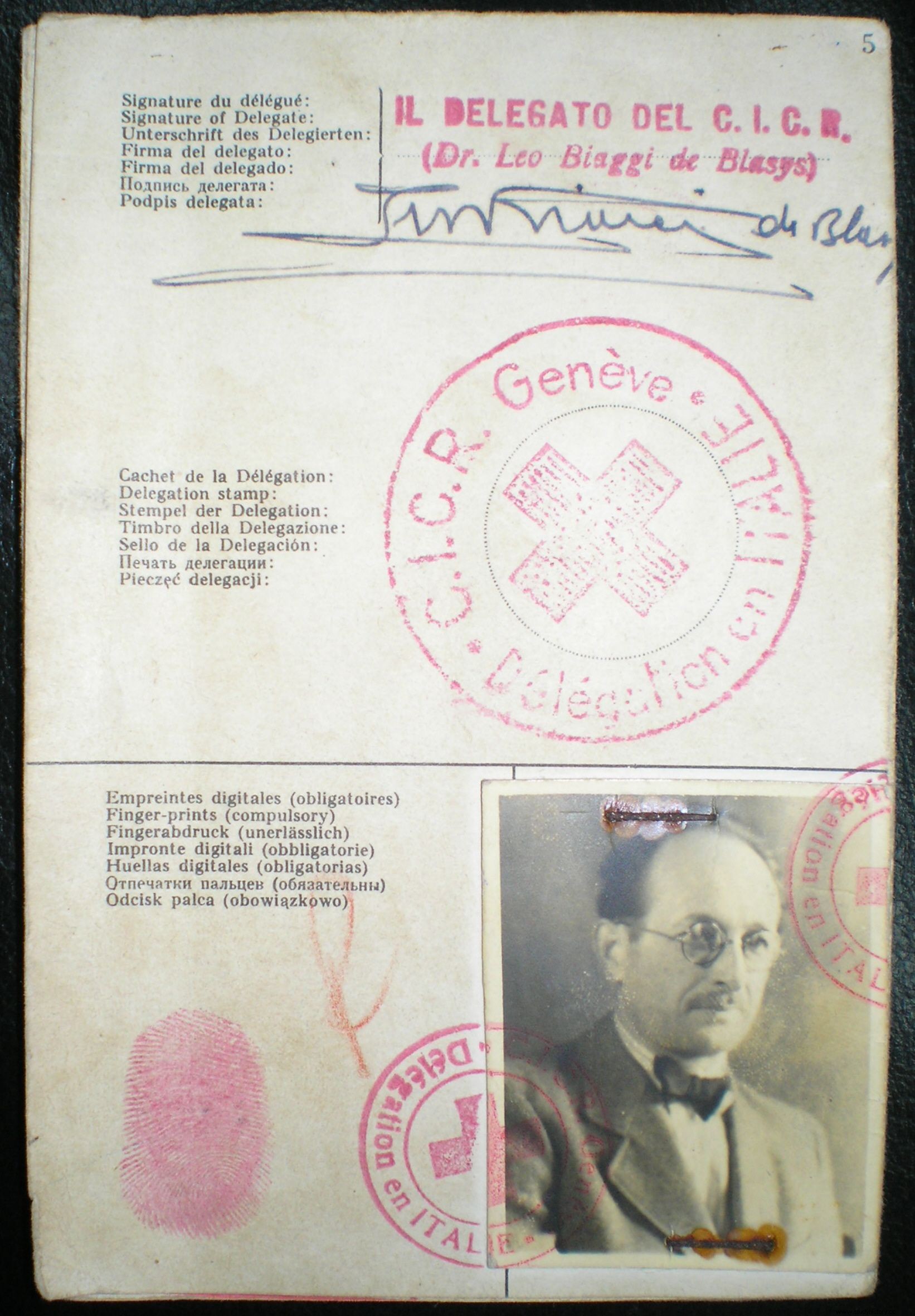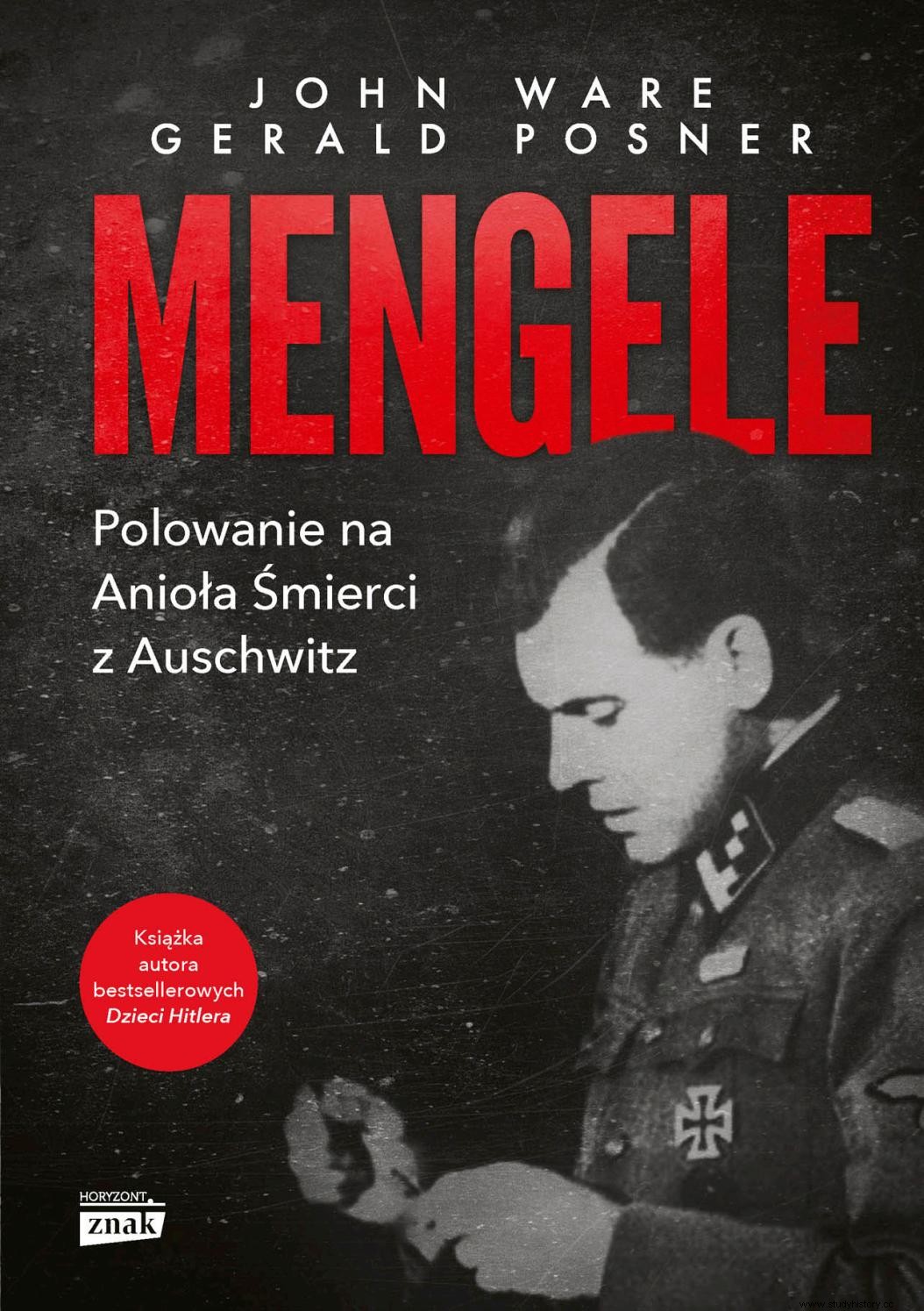Among others, Adolf Eichmann and Josef Mengele were there. And it was not a coincidence - only in this country, located on the other side of the ocean, they could count on a relatively peaceful life. What made Argentina a safe haven for Nazi criminals?
By the end of the 1940's, Argentina had more than half of the continent's telephones, televisions, and railroads. The country possessed vast natural resources, and its society was at the forefront in terms of wealth and education. In terms of cultural development, Buenos Aires was the number one city in South America.
Eighteen newspapers were published in the Argentine capital , three of which were in German . The Colón Theater in Paris, modeled on the opera, performed the most outstanding classical musicians and opera singers (...). Buenos Aires also had a rich academic tradition:there were more lawyers and doctors in six universities than in all other South American countries combined (...).
However, despite the rapid development, Argentina in the 1940s also struggled with serious problems. The villas miserias were hidden behind the "Parisian" façade , slums inhabited by half a million people living in deplorable conditions. There was a huge gulf between the rich and the poor. The country was ruled by a small group of influential cattle breeders and landowners. Their power could only be compared to that of the aristocracy of the feudal Austro-Hungarian Empire:an oligarchy of about 200 families with centuries-old aristocratic traditions, bound by kinship ties.
Support for Hitler
The country's economy went through a difficult period. The constantly expanding budget deficit reached astronomical levels, unemployment rose, wages were paid irregularly, and the tax system was in chaos. The black market was flourishing; Ubiquitous corruption created great opportunities (…).

Adolf Eichmann, among others, fled to Argentina. The photo shows the documents issued to the criminal by the Red Cross.
Argentines were conservatives; their religious views often bordered on institutional anti-Semitism. The official state religion, Roman Catholicism, was represented by a stiff and intolerant clergy. The influence of the Church on state affairs was so great that the bishops managed to push through a constitutional amendment under which only a Catholic could become president of the country. An indirect effect of this amendment was also to prevent Jews from holding ministerial positions until 1951.
Argentina also had other advantages from the point of view of the hiding Nazi war criminal. Before the war, a large and influential German minority appeared in the country. Some schools in wealthy neighborhoods in Buenos Aires even conducted classes in German, and the buildings themselves were very similar to German architecture. After Adolf Hitler was appointed chancellor of Germany in 1933, two of the German-language newspapers published in Buenos Aires adopted a pro-Nazi stance.
When the Wehrmacht entered Poland, most Argentinian Germans supported Hitler . Their views eventually prompted the Argentine government to initiate research to find out whether the wave of Nazi euphoria posed a threat to the state. On November 28, 1941, the Commission for the Study of Anti-Argentine Activity issued a report which stated that tens of thousands of Argentinian Germans were "under the effective control of the German Reich" and that many of them had received financial aid from Germany to "create a" Third Reich "for Argentina ”.
The commission also drew attention to the policy pursued by the Reich towards Jews and stressed that "anti-Semitism is deeply rooted in the attitudes of these immigrants." In support of its allegations, the Commission cited a number of pieces of evidence:receipts for bank transfers from Nazi accounts in Germany and Switzerland to the accounts of German organizations and companies operating in Argentina; organizational charts illustrating the Argentine Nazi hierarchy and its links to Europe; finally - dozens of leaflets and periodicals demanding that Argentina be transformed into a Nazi state .

The above text is an excerpt from the book by Gerald Posner and John Ware, "Mengele. Hunt for the Angel of Death from Auschwitz ”(Znak Horizon 2019).
However, when the Commission was finalizing its report, the Argentine government was already openly favoring the Axis countries. A dense network of informants of the German counterintelligence, the Abwehr, was established in the country. The multitude of allied diplomatic missions made Argentina, officially neutral, an ideal field of operation for spies. In the period from 1942 to 1944, the Abwehr employed over 1500 agents in Argentina.
Most of them returned to normal life after the war; however, their actions gave rise to an informal conspiracy of silence in the country which allowed Nazi war criminals to enjoy their freedom. This collusion also extended to the Argentine police and intelligence services, becoming a blessing to Mengele and his ilk.
Fascist president
Behind this administrative maze of Nazi ties and sympathies stood the new president of Argentina, Juan Domingo Perón, who took over the reins of power on June 4, 1943 as a result of the military coup "saving Argentina." Perón was a fascist; he developed his worldview while serving as a military attaché in Italy .
Mussolini's theatrical gestures and his concept of the corporate state captured Perón's imagination. Upon assuming power, the new president introduced radical reforms and did more for the working class than any of his predecessors. No wonder he has been hailed as the hero of descamisados , "Shirtless people."

Argentine dictator Juan Perón and Eva Duarte.
When Europeans began to equate black and brown shirts with fascism, Perón stated that Argentina would be "represented by men without shirts". Concerned by Perón's growing popularity, Argentine oligarchs led to his arrest in October 1945. After a short exile to the island, Plata Perón was released, thanks in large part to the leadership talents of the young radio announcer, Eva Duarte.
Despite the efforts of the American Ambassador Spruille Braden, who published the Department of State's "Blue Book" documenting Perón's National Socialist activities and his contacts with leading Nazis, the charismatic politician won the election in July 1946 and took the reins of power again.
Before going into his short-term exile, Perón hid 10,000 clean Argentine passports and identity cards for use by refugees arriving in Argentina . His trusted man, Carlos Pineyro, part of the Argentine mission in Copenhagen, was to organize the escapes of high-ranking Nazis from Europe. Pineyro did not do very well in his position, however. On December 6, 1945, he was expelled from Denmark on charges of "secretly deporting Nazis to South America."
Although Perón believed that the rebuilt Germany would adopt Nazi ideology again after a few years, thus fulfilling Hitler's dream of a "thousand-year-old Reich," the reasons for allowing Nazi dignitaries to escape were not purely ideological. Perón is suspected of profiting from the riches that the Nazis placed abroad in case Germany lost the war .

Josef Mengele (center) also selected Argentina as a safe haven.
Nazi gold
From August 1942 until 1944, chests marked with the words "Auschwitz" and "Treblinka" were sent to the Berlin branch of the Reichsbank. The bank's senior cashier, Albert Thoms, says:The amount of gold teeth and other valuables we picked up continued to increase. One time we got twelve kilos of pearls. I've never seen such a mass of shiny balls before.
The Reichsbank documents show that it received over 3,500 ounces of platinum, 550,000 ounces of gold, 4,638 carats of diamonds, hundreds of works of art and millions of gold marks, pounds sterling, dollars and Swiss francs. This treasure was then transported in six U-boats in an operation called "Aktion Feuerland" ("Operation Tierra del Fuego") to Argentina, where four German "trustees" were waiting for it (...).
Four German representatives dealt with the exchange of the spoils into currency and gold, and then deposited them in the vaults of Banco Germanico and Banco Tourquist. All deposits were made in the name of Perón's concubine (and later wife), Eva Duarte. After marrying Eva on October 21, 1945, Perón and his wife decided to take control of the Nazi treasure from the hands of the German trustees .

Gold and other precious metals stolen from the victims of the death camps went to Argentina. The photo shows the Jews on their way to Auschwitz walking towards the gas chamber.
It began with the initiation of an investigation against Freude on several charges, including espionage and embezzlement. However, unexpectedly, on October 6, 1946, it was announced that "the investigation against Ludwig Freude was interrupted by a presidential decree." In this way, Perón warned the four Germans that they were in his country and under his rule. Over the next few years, all four died suddenly (…).
Josef Mengele joined this country in September 1949. Shocked by intrigues and scandals, Argentina was ruled by a dictator who stuffed his pockets with treasures stolen by the Nazis. So it was not a country where people were interested in the biography of a German holding a Red Cross passport in his hand and claiming to be a victim of the war.
Source:
The above text is from a book by Gerald Posner and John Ware Mengele. The Hunt for the Angel of Death from Auschwitz , published by the Znak Horyzont publishing house.
The title, lead, illustrations with captions, text in square brackets, bolds and subheadings come from the editors. The text has undergone some basic editing to introduce more frequent breakdown of paragraphs. For the sake of uniformity of the text, footnotes in the book version have been removed.
Check where to buy " Mengele." Hunt for the Angel of Death from Auschwitz ":
